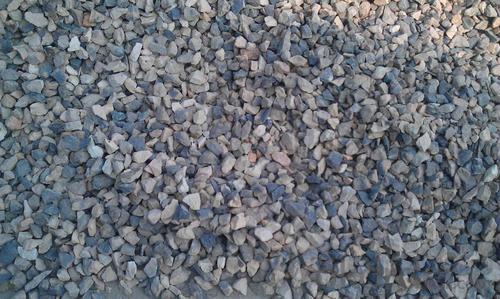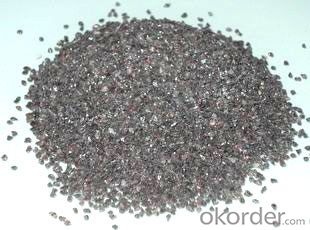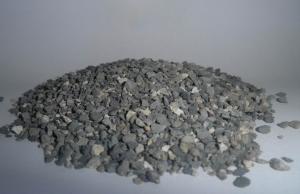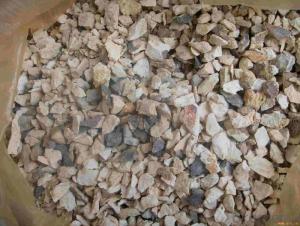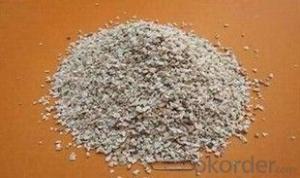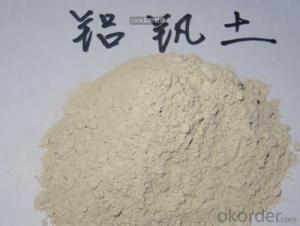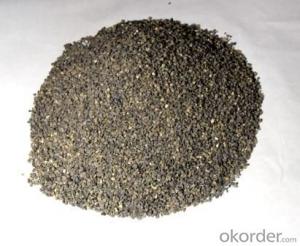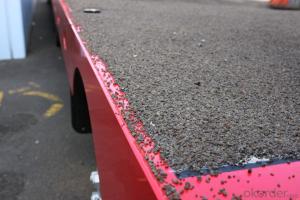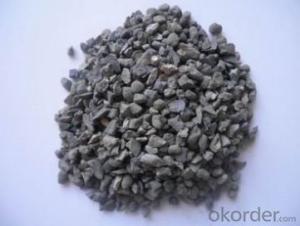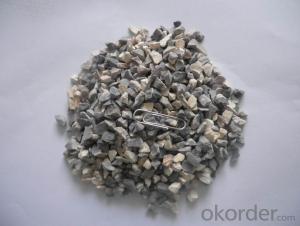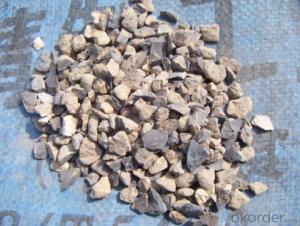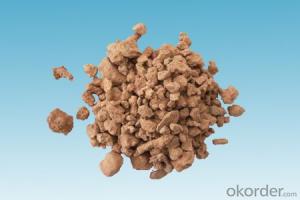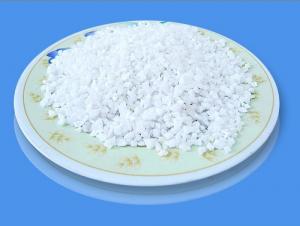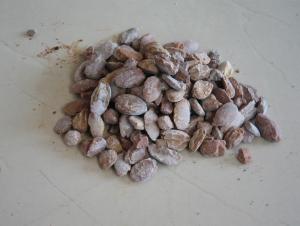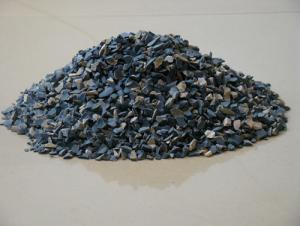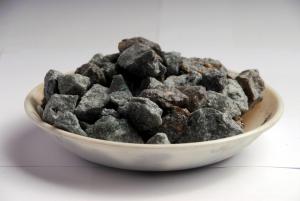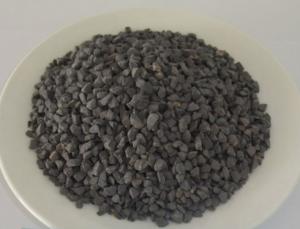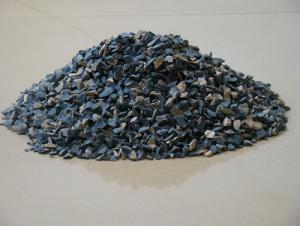Refractory Raw Materials:Bauxite for Bricks and Refractory Use
- Loading Port:
- China main port
- Payment Terms:
- TT OR LC
- Min Order Qty:
- 25 m.t.
- Supply Capability:
- 10000 m.t./month
OKorder Service Pledge
OKorder Financial Service
You Might Also Like
Quick Details
| Place of Origin: | Shandong, China (Mainland) | Shape: | Powder | Material: | Bauxite |
| Al2O3 Content (%): | 70-90% | MgO Content (%): | 0.18% | Refractoriness (Degree): | Common (1580°< Refractoriness< 1770°) |
| Model Number: | GAL | Brand Name: | CNBM | Name: | Bauxite |
| Color: | Grey, yellow, dark... ... | Bulk density (g/cm3): | 2.7- 3.3 | Application: | Raw materials for bricks, refractories |
| Certificate: | ISO9001 |
Packaging & Delivery
| Packaging Details: | By 25kgs/plastic bag + Jumbo bag. (Or as per customer's requirements) |
| Delivery Detail: | Within 20 days after receiving downpayment |
Bauxite raw materials for making bricks, refractory bauxite
You can also click here if you are intersted in:
1) Refractory castable:
Product Description
Characteristics:
calcined bauxite is typically calssified according to its intended commercial application,such as abrasive ,cement ,chemical, metallurgical, and refractory .as raw material for use in high alumina and super duty refractory bricks and shapes ,plastics ,castable refractory, motors, gun mixes, ramming mixes, abrasive grains and other products.
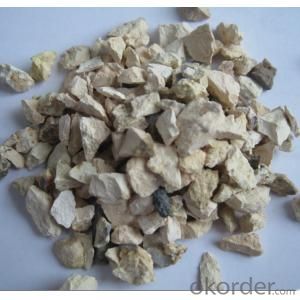
- Q: what kind of refractories is used to make the industrial silicon furnace mouth long life?
- Fused zirconia corundum brick, the smelter of the glassworks is used this kind of lining, and you can contact by private letter.
- Q: A chemical problem with refractory materials
- In chemistry, there is never absolute
- Q: How to distinguish the fire?rating of rubber and plastic thermal insulation material?
- It is divided into level A, B1, B2 and B3. According to the current "burning behavior of building materials classification method", Level A insulation material is a non-combustible material, which belongs to YT. However, from the point of view of the current market , level A insulation material are very few, only glass wool, rock wool board, foam glass and vitrified micro bead. However, compared with level A insulation material, the more welcomed by the market is the organic insulation material. This is characterized as thermal insulation material, which is divided into three levels: level B1 is flame retardant, level B2 is flammable and level B3 is flammable. The level B1 nonflammable thermal insulation material is determined according to the fire endurance of the material. And different parts of the material are divided differently! Such as the common EPS / XPS insulation boards through special treatment of adding flame retardant. . Level B2 combustible insulation material is commonly the EPS expanded polystyrene foam insulation board and XPS board, that is, the ordinary plate. This material has low ignition point, and releases large amounts of harmful gases in the combustion process . Level B3 flammable insulation material is commonly the thermal insulation material taking polystyrene foam as the main material. Since this material is highly flammable, it has been out of the external wall thermal insulation materials. As for the civil construction insulation materials, China's current popular building insulation materials in the market are mainly made of three organic foams: EPS (molded polystyrene board), XPS (extruded polystyrene board) and PU (polyurethane).
- Q: What's the fire endurance of hollow brick?
- This question is really very simple. It is better no to exceed 1050℃, or it will be easily burnt. I think 980℃ is ok actually. This is the maximum limit.
- Q: What is special refractories?
- Long nozzle, slidding plate, tapping hole, stopper rods, and products that steel mills use
- Q: What is the most reasonable drying heating curve of magnesia refractories? Products of less than 0.5T
- o
- Q: What are fire resistant level standards of class A fire resistant door?
- Executive standard: GB12955-2008 Fire Door. Fire resistant level: Class A: 1.5h, B:1.0 h, C: 0.5 h. Thickness of door leaf: Class A: 50mm, B 45mm, C 40mm. Doorframe Specification: Class A, B, C. Door leaf form: Single open, double open, single open with glass, double open with glass, single open with glass and bright, double open with glass and bright, with a bright picture, Zimu glass Zimu glass with light. Doorframe Specification: Class A, B, Door leaf form: Single open, double open, single open with glass, double open with glass, single open with glass and brightness, double open with glass and brightness, double open with a lager door leaf and a smaller door leaf, double open with a lager door leaf and a smaller door leaf with glass, double open with a lager door leaf and a smaller door leaf with glass and brightness. Standard sizes: In line with GB5824-86 Hole Size of Building Doors and Windows."
- Q: who knows the technology of fireproofing material?
- 1, dealing mould, scrape and clean the thick liquid on the surface of mould with tin-coated steel scraper blade or plaster tool. 2, adjust laminator, according to the thickness of fireproof?panel, adjust each roller, keep them parallel. 3, ingredient, according to the requirements of recipe, stir the raw materials uniform with agitator. (usually we should add bittern firstly, stir it with modifying agent for 5 minutes, then add filler and stir for 2-3 minutes, finally add grogs and stir it to uniform) note: the stirring speed should be kept in 60-80 r/min. 4, place the cloth, place a layer of non-woven fabric and two layers of glass fiber fabric (mechanical spread fabric). 5, flitch, place the materials after compounding and stirring into stop gauge of laminator, then you can start up and produce continuously, it's finished product after finishing. note: the distance between two templates is 2-4mm.
- Q: What kind of refractory material should be used for common boiler?
- Build by using clay refractory mortar. Common clay brick is used as combustion layer. Xindeyuan Refractory Material, red?brick is used as external wall. Light clay brick is used as thermal insulation layer, thank you.
- Q: Can the teflon material resist fire?
- Teflon does not burn and with the ability of flame retardant.
Send your message to us
Refractory Raw Materials:Bauxite for Bricks and Refractory Use
- Loading Port:
- China main port
- Payment Terms:
- TT OR LC
- Min Order Qty:
- 25 m.t.
- Supply Capability:
- 10000 m.t./month
OKorder Service Pledge
OKorder Financial Service
Similar products
Hot products
Hot Searches
Related keywords


